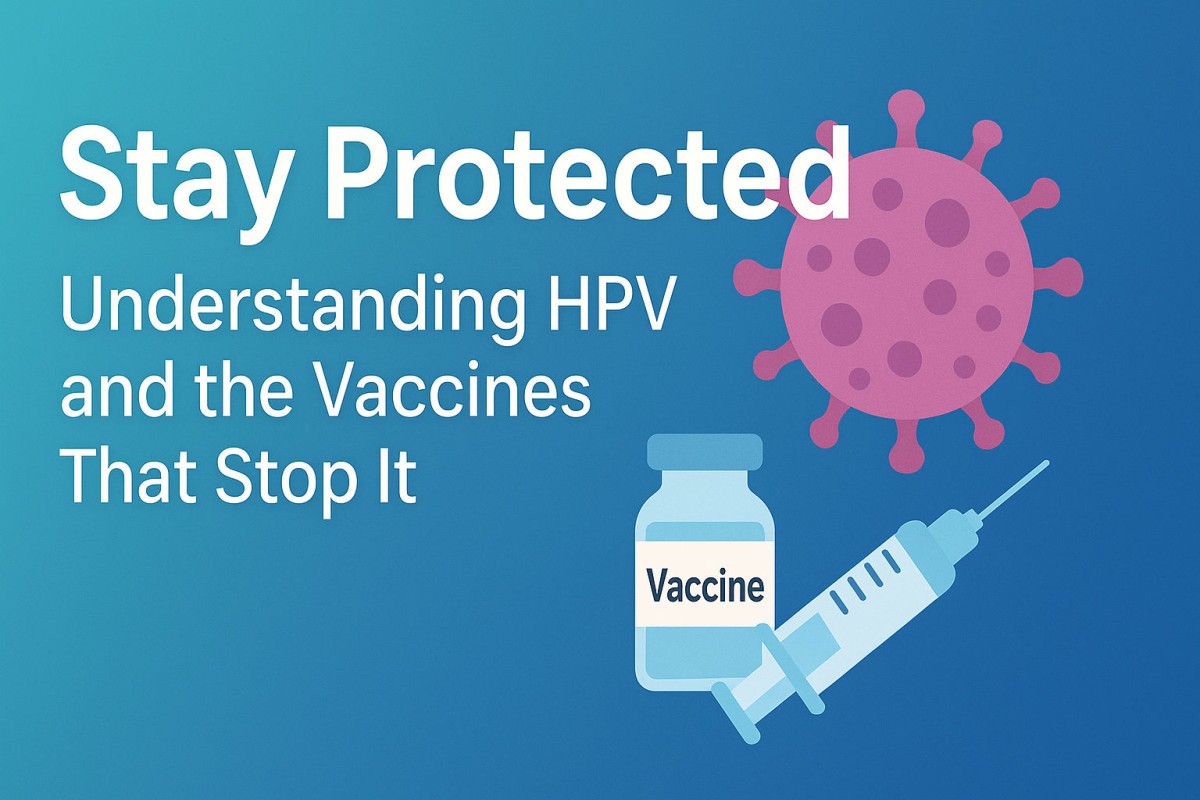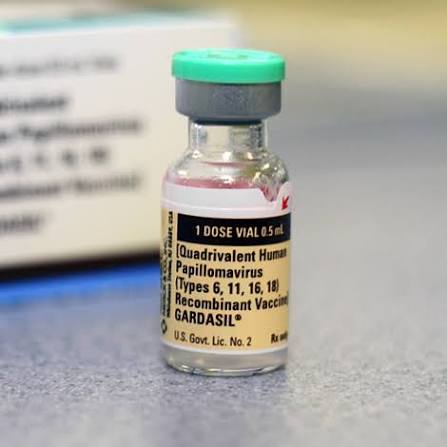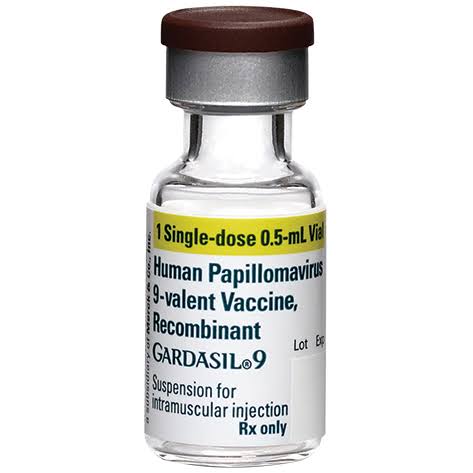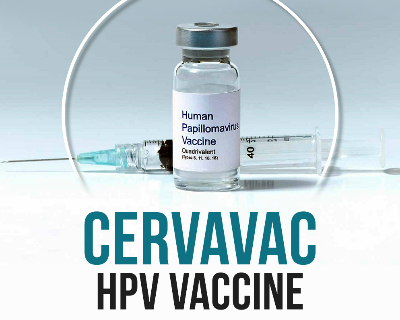In today’s world, every infectious disease has a cure that can reduce the suffering of many people and provide them with a renewed sense of hope and purpose to carry out their lives in better condition. Human papillomavirus is no exception and is known for triggering other significant health problems such as genital warts and cervical, anal, and throat cancer. Despite reducing the severity of symptoms on its own, the growing medical community has discovered various types of vaccines that help us to strengthen our immune systems to prevent its further development.
What Do You Need to Know About HPV?
HPV consists of more than 200 viruses and 40 different categories that can be carried through skin contact. As HPV doesn’t produce many symptoms, that leads to patients believing that they are not infected. On the other hand, recurrent infection with high-risk HPV strains, especially type 16 and type 18, can result in cancer forming over time. Most vulnerable patients are those who are sexually active and involved with multiple partners.
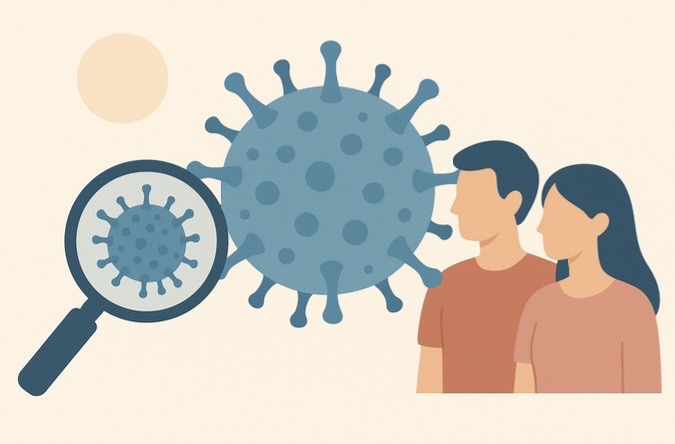
Critical Role of HPV Immunization
❖ Cancers that are induced by HPV exposure can take many years to show their symptoms, which restricts the variety of treatments available.
❖ HPV Vaccination are effective, as they prepare the immune system to identify and prevent HPV from causing the life-threatening effects of an infection with the help of newly developed antibodies.
❖ It is recommended that individuals at a young age should be vaccinated against such infections.
Groups Prioritized for Vaccination
❖ Children belonging to the age group of 9-12 years, which is considered as the ideal time period for vaccination.
❖ Teenagers and young adults for those who are still not vaccinated.
❖ Adults who are in their late thirties and early forties are advised to get vaccinated depending on various risk factors.
HPV Vaccines: Types and Variants
Types |
Target area |
Notable Feature |
Images |
|
|
Focuses on low type infection such as genital warts and high risk types. Effective for males, females, preteens and upto 45 years old. |
|
|
|
Two high risk types that causes cervical cancer (16 & 18) and low risk types (6 & 11) |
First vaccine to fight off HPV dual types. |
|
|
|
|
Allowed to be used for females and treating cervical cancer |
|
Difference between HPV tests and Pap smear
HPV tests determine the presence of high-risk HPV DNA, especially in vulnerable women. It is used as a primary screening tool that can be done after every 5 years and can also show positive results even if the infection is short-term in nature.
Pap tests focus on assessing cervical cells under a microscopic lens to identify any unusual changes. It can be done in the time interval of 3 years and is considered the traditional method for HPV testing. It also carries the drawback of overlooking early signs of HPV exposure.

Breakthroughs in HPV Vaccine Research
❖ There is also growing trend of therapeutic vaccines when it comes to treating HPV cancers and lesions.
Its main objective is to develop better immune responses against HPV oncoproteins (E6/E7).
❖ VGX- 3100, which is a DNA vaccine found to provide favourable results in precancerous lesions and Phase-3 results does not provide enough data for its efficacy. 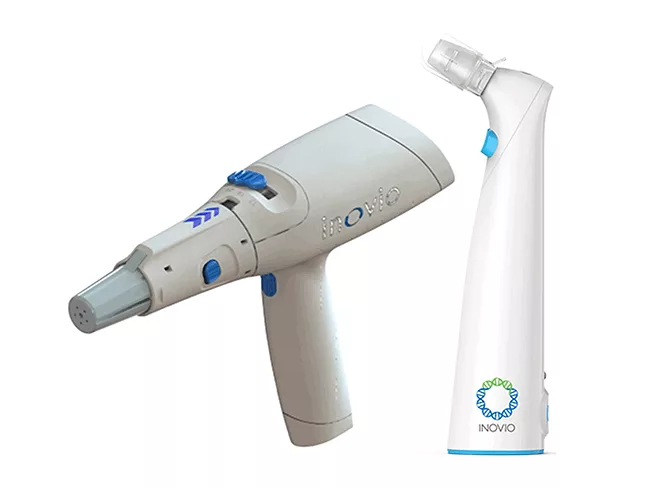
❖ ISA101b, peptide vaccine already promising better outcomes for preventing head, neck, and cervical cancer.
❖ PRGN-2009 and CUE-101 vaccine are being tested and started to show results in the next few months.
WHO’s Global Strategy Against HPV and Cervical Cancer
❖ Goal: Reducing the prevalence of cervical cancer by 4 cases per 100,000 women and making it a necessity for treating a public health problem.
❖ It aims to ensure that by 2030, 90% of girls get fully vaccinated by the time they reach puberty. More than 70% of women in their thirties and forties have undergone the screening process, and 90% of them have been successfully treated for the disease.
❖ Such an initiative also faces challenges such as the inability of the health care system in many low- and middle-income countries to meet the cost and supply requirements for the vaccines and screening procedures.
Conclusion
Human Papillomavirus (HPV) affects millions of people and can worsen their health without displaying any symptoms, which can hinder the effectiveness of the treatment. HPV vaccines such as Gardasil, Gardasil 9, and Cervarix prove to be life-saving for many patients, as they protect them against both high-risk variants, such as cervical cancer and low-type risks. It is suggested that starting from early age groups, individuals who are in their early forties should get vaccinated to reduce the aftermath of its consequences.
